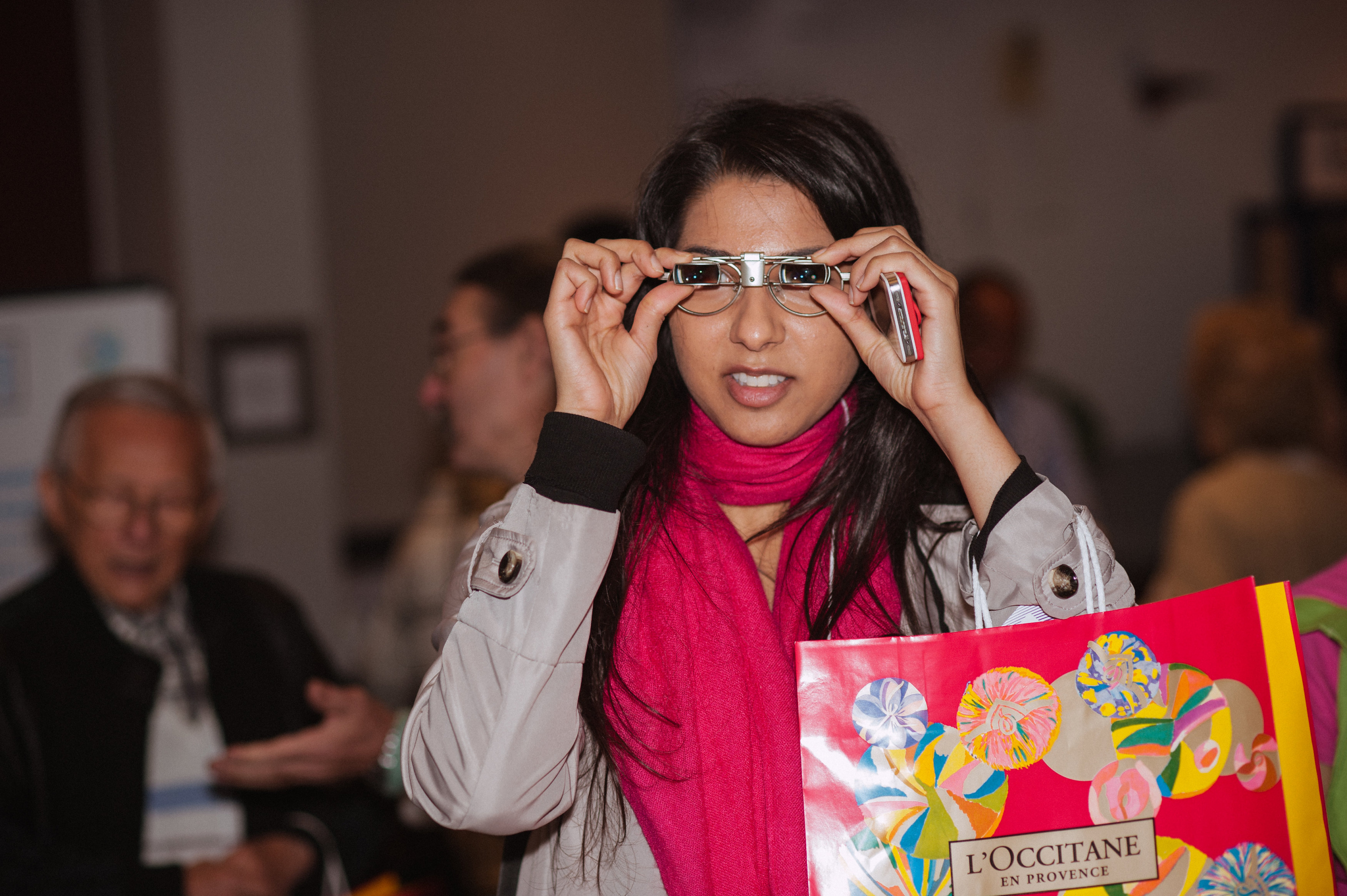Context
The Canadian health system is complex and is made up of different territorial players, as well as a private sector. Therefore, the Canadian health system can be very complicated to navigate for patients. It is because health care in Canada is comprised of a patchwork series of publicly funded provincial and territorial services under federal mandates. The complexities of such a regional system are only exacerbated in vision care, which entails both public and private services and fundings.
Today, 5.5 million Canadians are affected by eye diseases. The prevalence of these diseases is expected to increase by 30% over the next 10 years.
Supported Project
In 2017 - 2018, L'OCCITANE CANADA and the L'OCCITANE Foundations supported the Rural & Remote Vision Care Pathways Project of the Foundation Fighting Blindness. The goal of this collaborative, community-engaged project was to generate educational programming and materials that would lead to a significant reduction in preventable vision loss. To achieve this goal, the FBFB planned to develop Rural and Remote Vision Care Pathways that would empower individuals living in the Canadian north to take charge of their vision health.
The Vision Care Pathways project was a multipronged educational initiative designed to respond to the gaps that deter and prevent communities from accessing vision care that will save their sight. The project involved multiple stakeholders across Canada working together to articulate and meet the unique needs of different remote and rural communities. To implement the project, staff from the Foundation Fighting Blindness travelled to communities in northern Canada and worked closely with patients, their caregivers, and health care teams to accomplish the following:
1) identify and bridge gaps in existing care;
2) develop accessible educational programs and materials in partnership with patients; and
3) engage patients in building locally sustainable educational and outreach programs by developing community-based support groups.
Some Figures
Budget 20,000 euros
Results 47,060 beneficiaries
